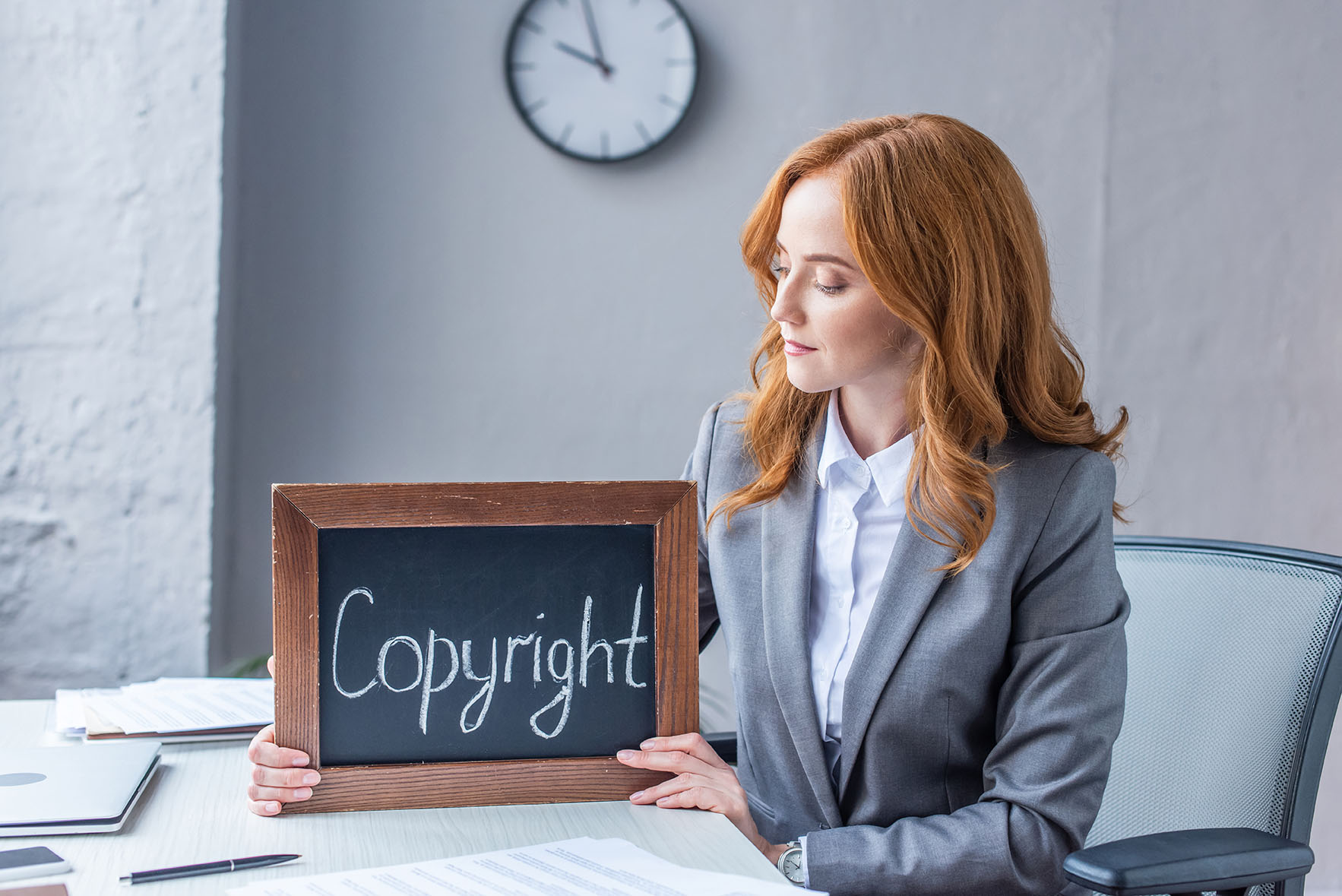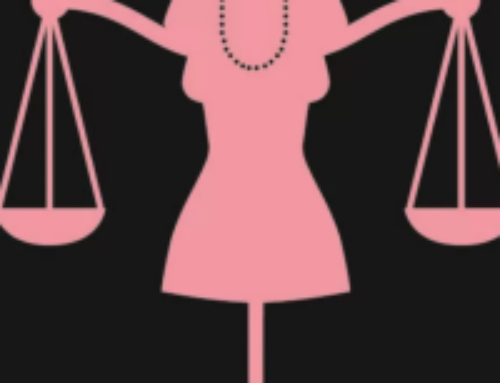- Copyright law: general aspects
Copyright law protects the authors of intellectual works with a creative character, belonging, among others, to the fields of literature, music, science, visual arts, architecture, theater, and cinematography, regardless of the method or form of expression.
Copyright is governed by a complex system of legal sources at the national, European, and international levels.
Copyright originates automatically upon the creation of the work, or more precisely, upon the external manifestation of the author’s idea in the form of a work.
The term “copyright” encompasses various types of rights (all exclusive), including:
- In civil law countries (including Italy), moral rights: these rights aim to protect the personality of the author. They are perpetual, personal, and inalienable; therefore, even in cases of assignment of economic exploitation rights, moral rights remain with the original author. Moral rights are closely linked to the protection of the author’s honor and reputation, the right of authorship, the preservation of the integrity of the work, and the right to publish or withdraw the work from the market.
- Economic exploitation rights (also known as economic rights): these consist of a bundle of separate rights, including the right to publish, reproduce, transcribe, perform, translate, and distribute the work.
- Rights belonging to individuals other than the author (so-called neighboring rights): These include, for example, the rights of phonogram producers, producers of cinematographic or audiovisual works, broadcasting organizations, and performing artists.
- Duration of copyright
While moral rights can be exercised without any time limit, economic exploitation rights have a defined duration.
At the international level, the Berne Convention establishes a minimum copyright protection period of 50 years after the author’s death.
Under Italian national law, Article 25 of Law No. 633/1941 (as amended over time) provides that the economic exploitation rights last for the author’s lifetime and until the end of the 70th calendar year after the author’s death.
In the United States, the duration of copyright depends on the type of work and the date of its creation. Specifically, under the 1998 Sonny Bono Act:
- For works created on or after January 1, 1978, the copyright duration is the life of the author plus 70 years after their death.
- For anonymous works or works made for hire created on or after January 1, 1978, the copyright lasts for 95 years from the year of first publication or 120 years from the year of creation, whichever expires first.
When the economic exploitation rights expire, the works enter the public domain, allowing free use.
As of 2025, the following works have entered the public domain:
- Paintings by Henri Matisse, Frida Kahlo, and André Derain (all deceased in 1954), as well as The Great Masturbator and The Persistence of Desire by Salvador Dalí;
- Photographs by Robert Capa;
- Literary works by Zofia Nałkowska, Colette, Stig Dagerman, and Martin Andersen Nexø;
- Novels such as A Farewell to Arms by Ernest Hemingway, The Sound and the Fury by William Faulkner, and A Room of One’s Own by Virginia Woolf.
- The Regime Applicable To “Cultural Heritage” in Italy
In Italy, a specific regime is established under Legislative Decree No. 42/2004 (the “Cultural Heritage Code“) for so-called “cultural heritage,” defined as “immovable and movable objects of artistic, historical, archaeological, or ethnographic interest” (Article 10 of the Cultural Heritage Code).
Notably, even when the economic exploitation rights associated with a cultural heritage object have expired, its reproduction requires specific authorization from the authority responsible for the object, subject to the payment of a fee.







